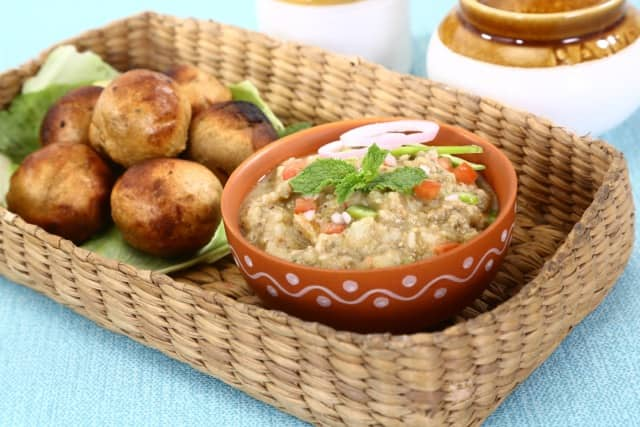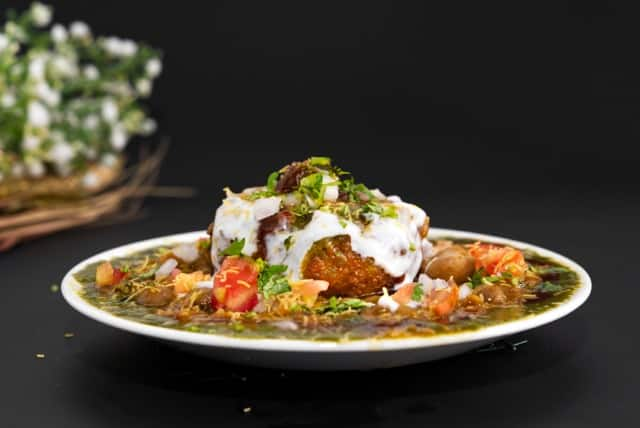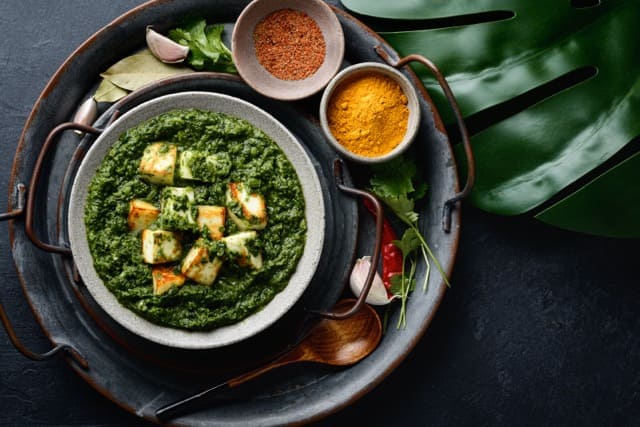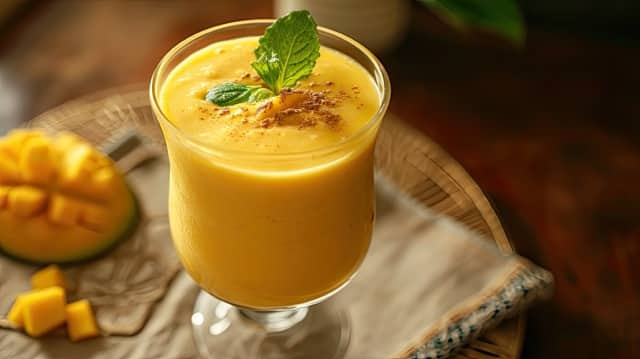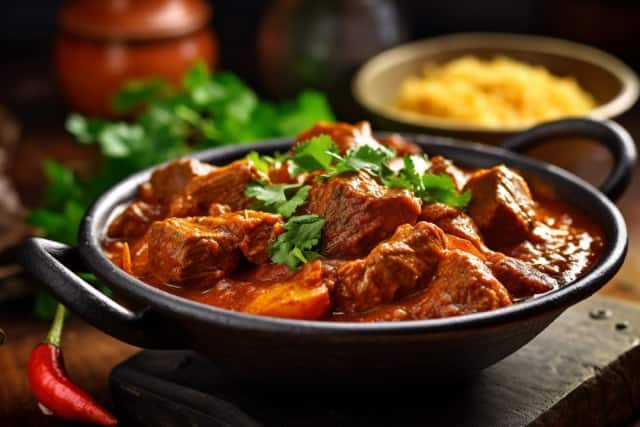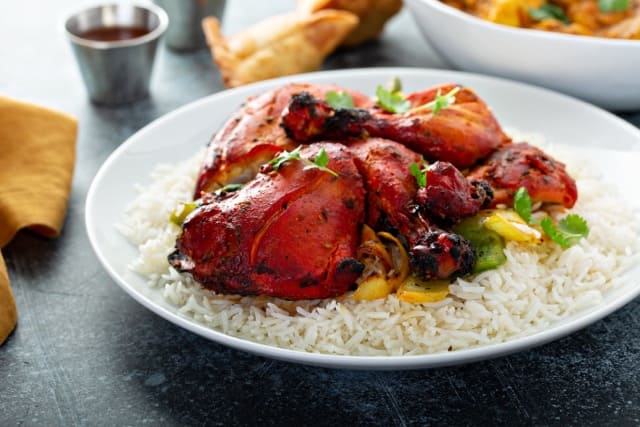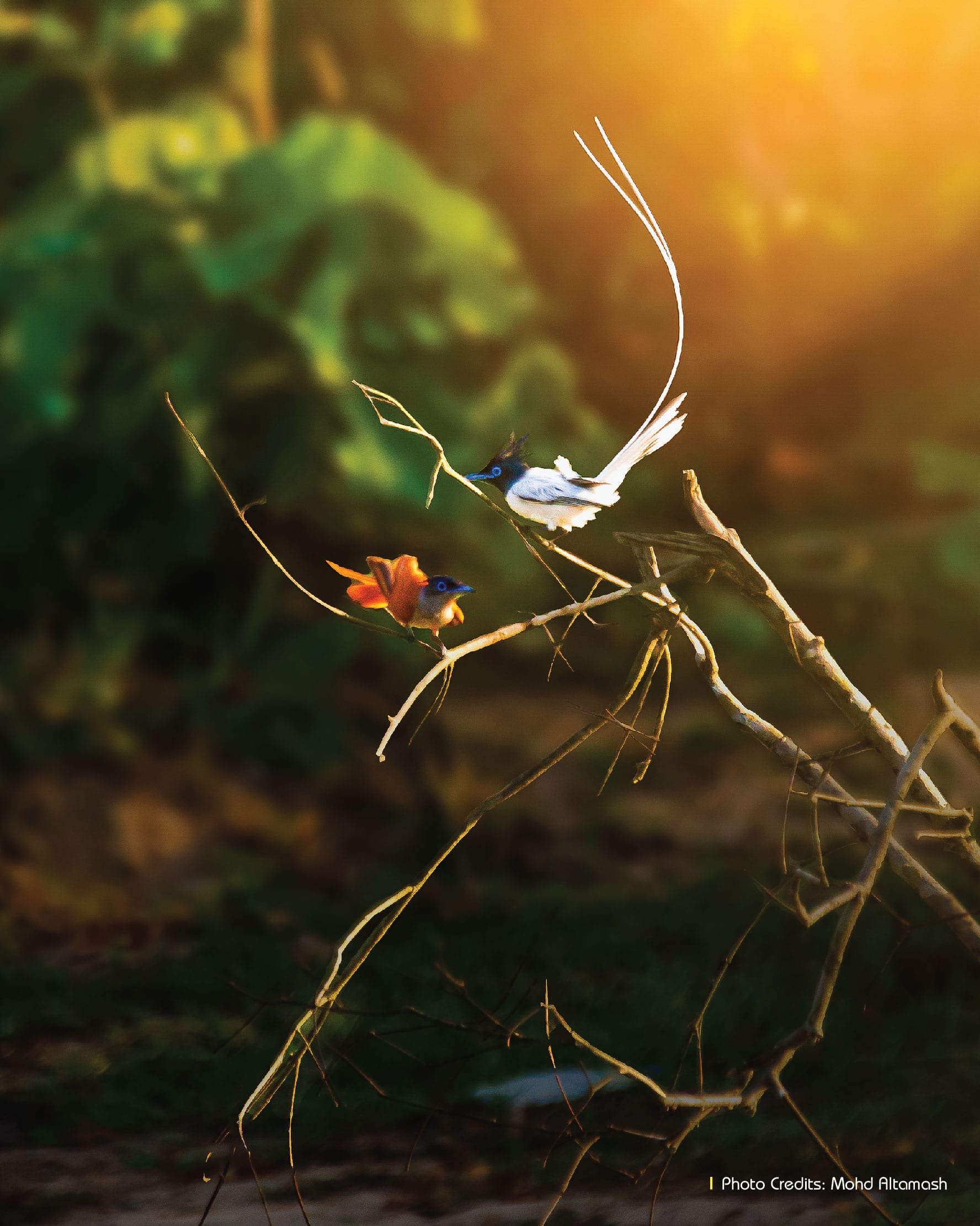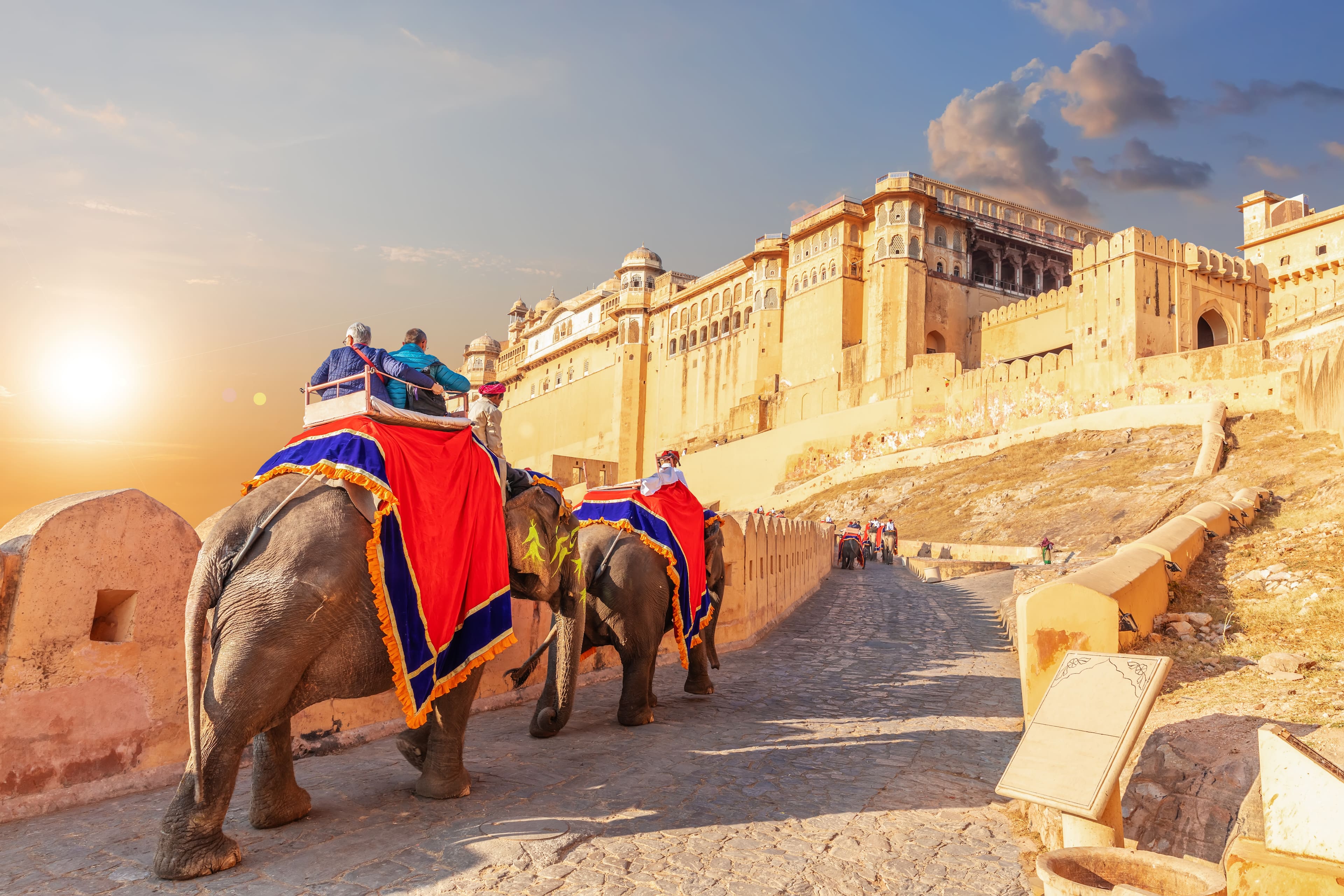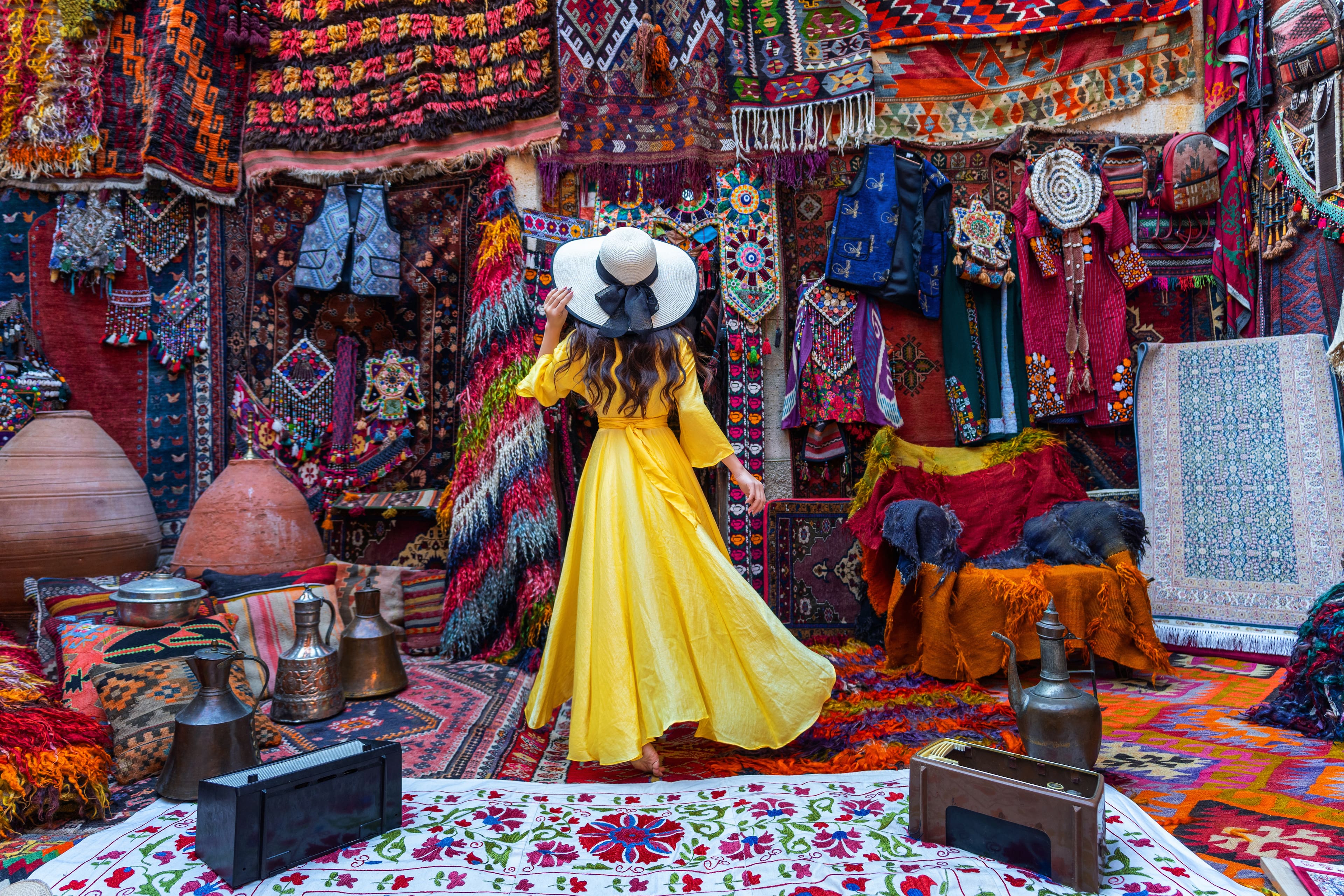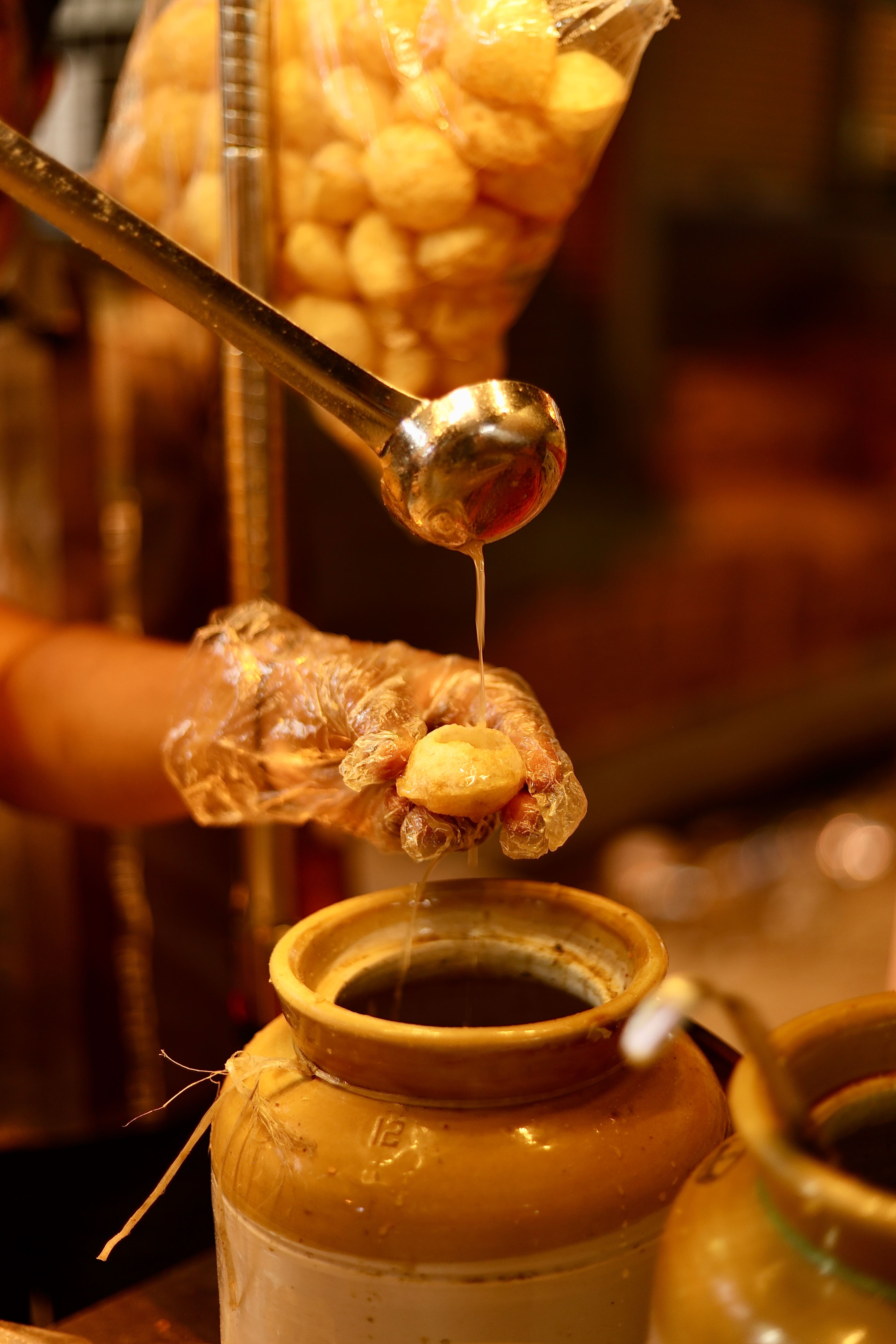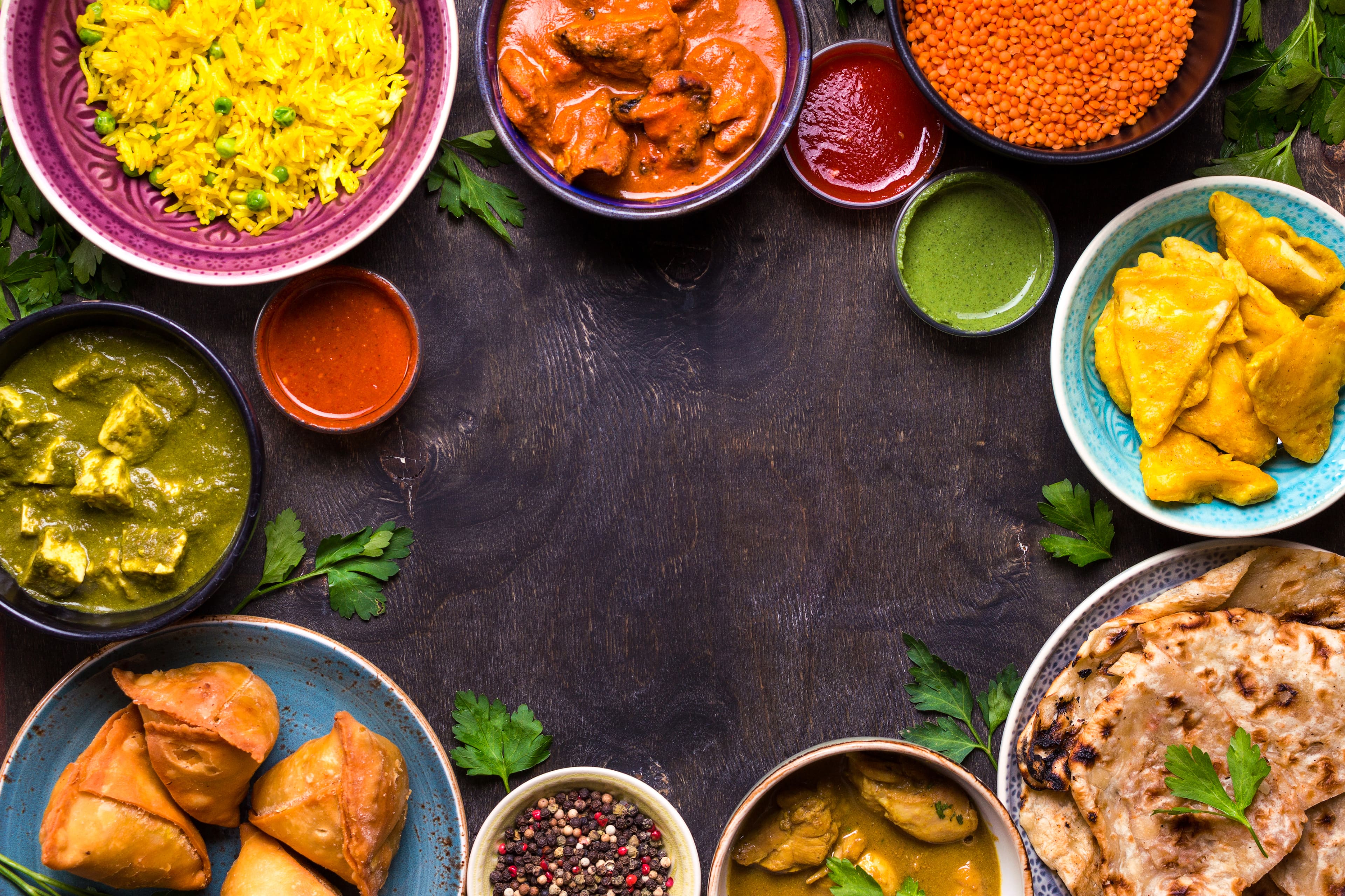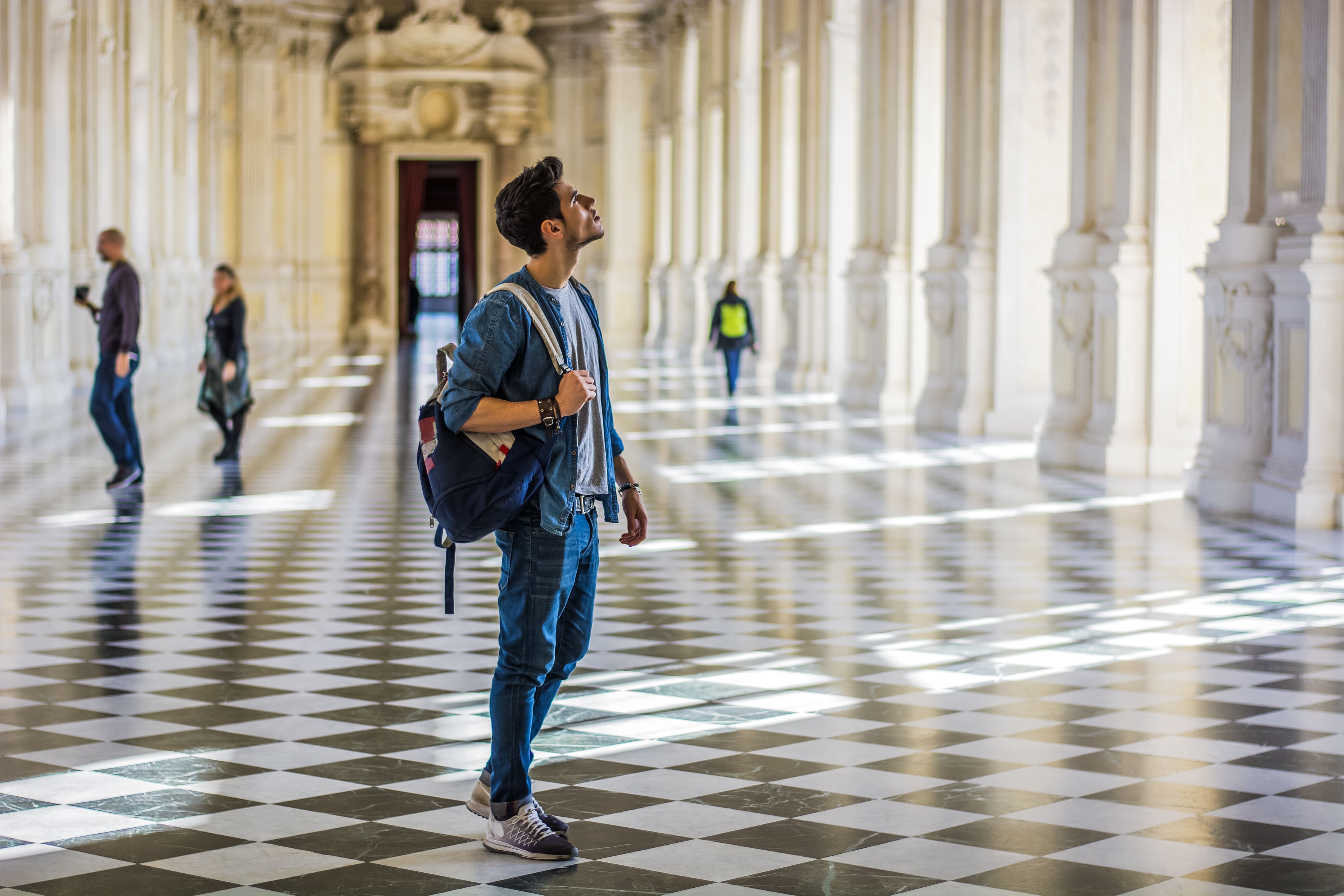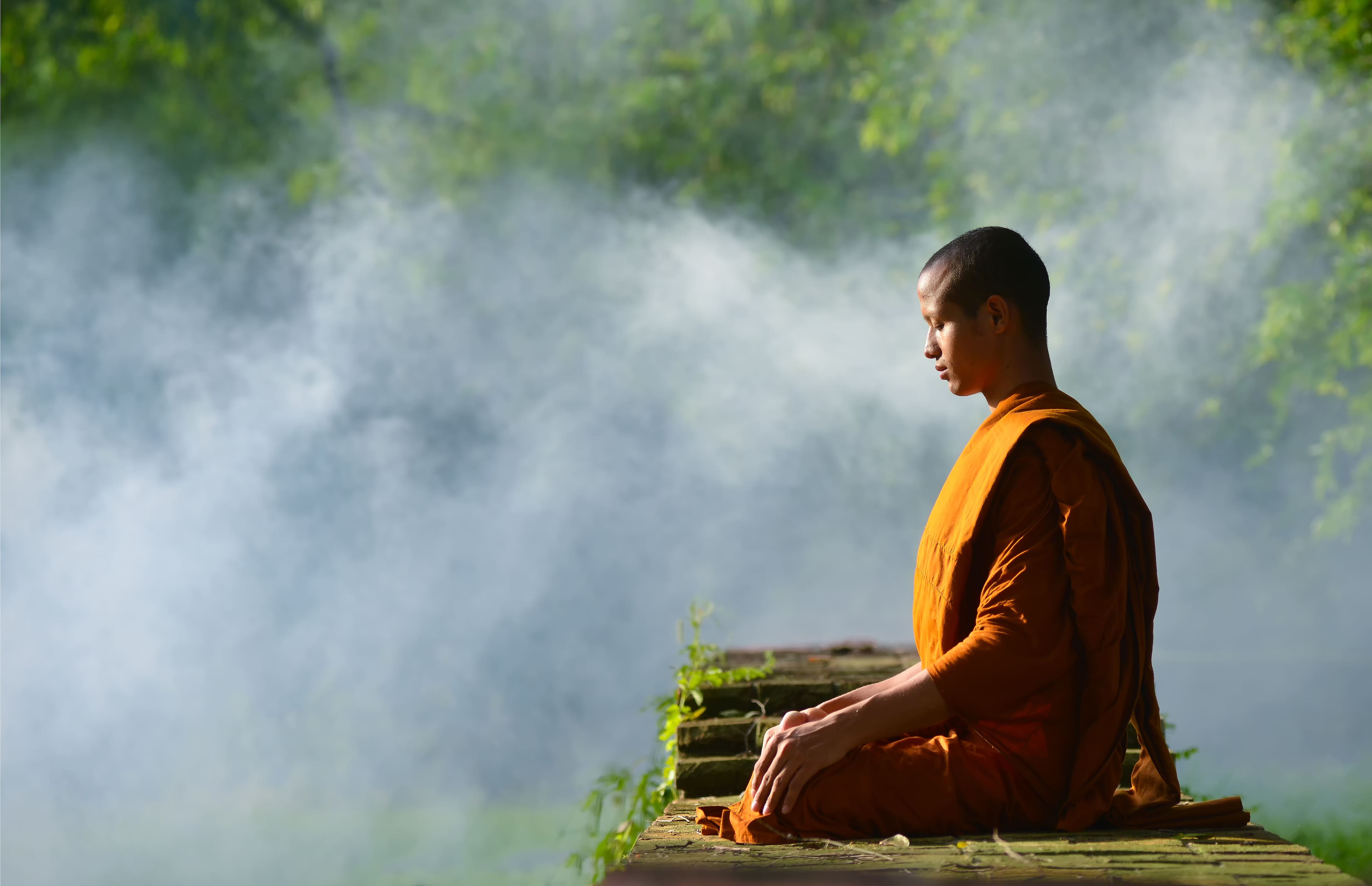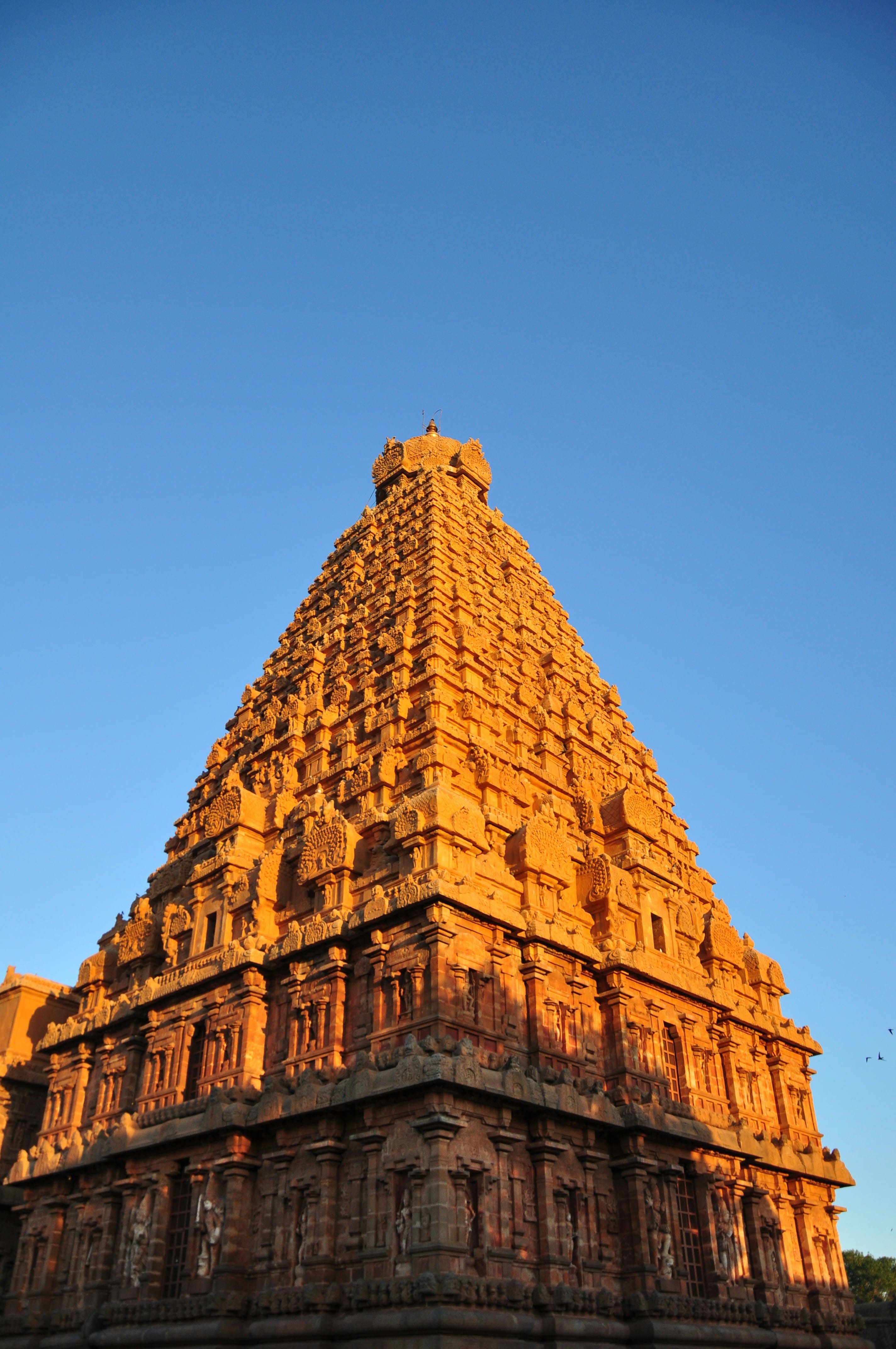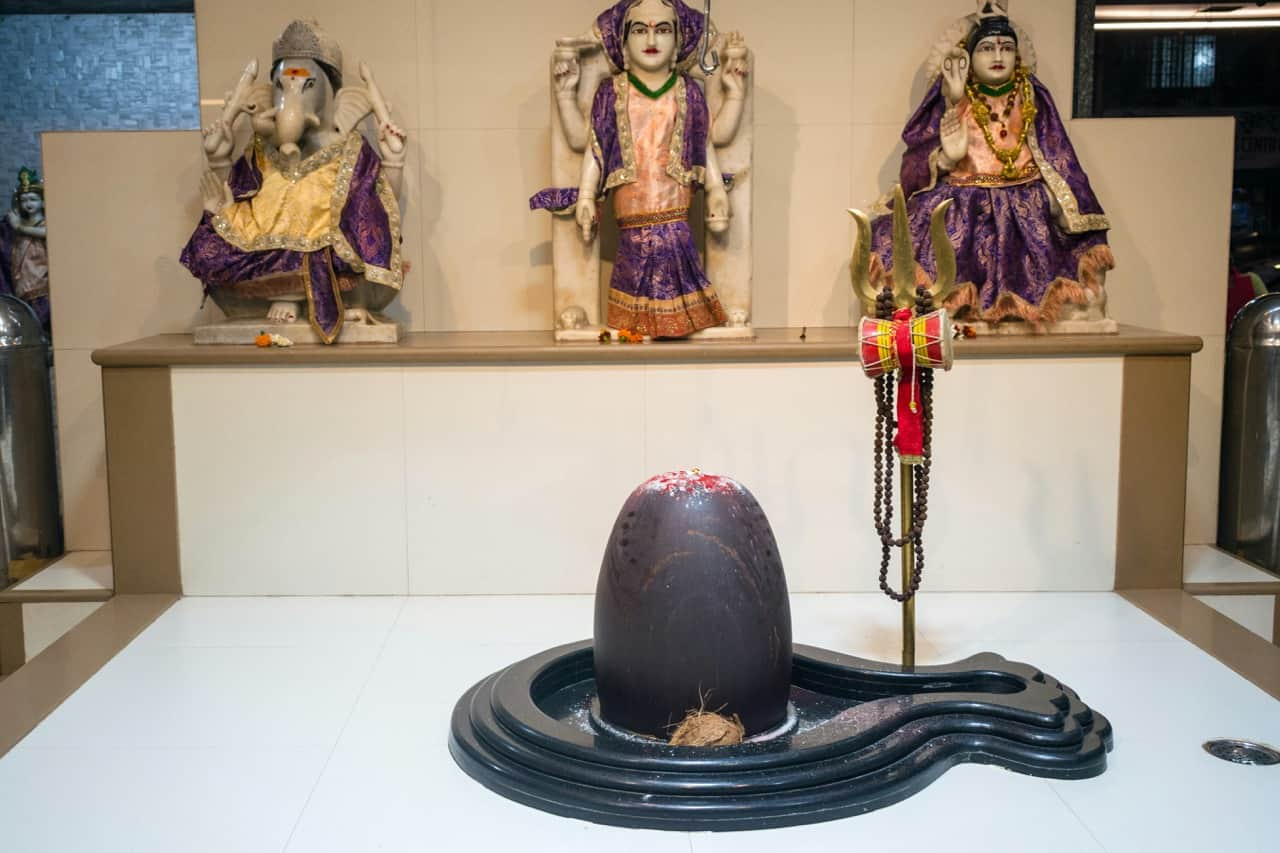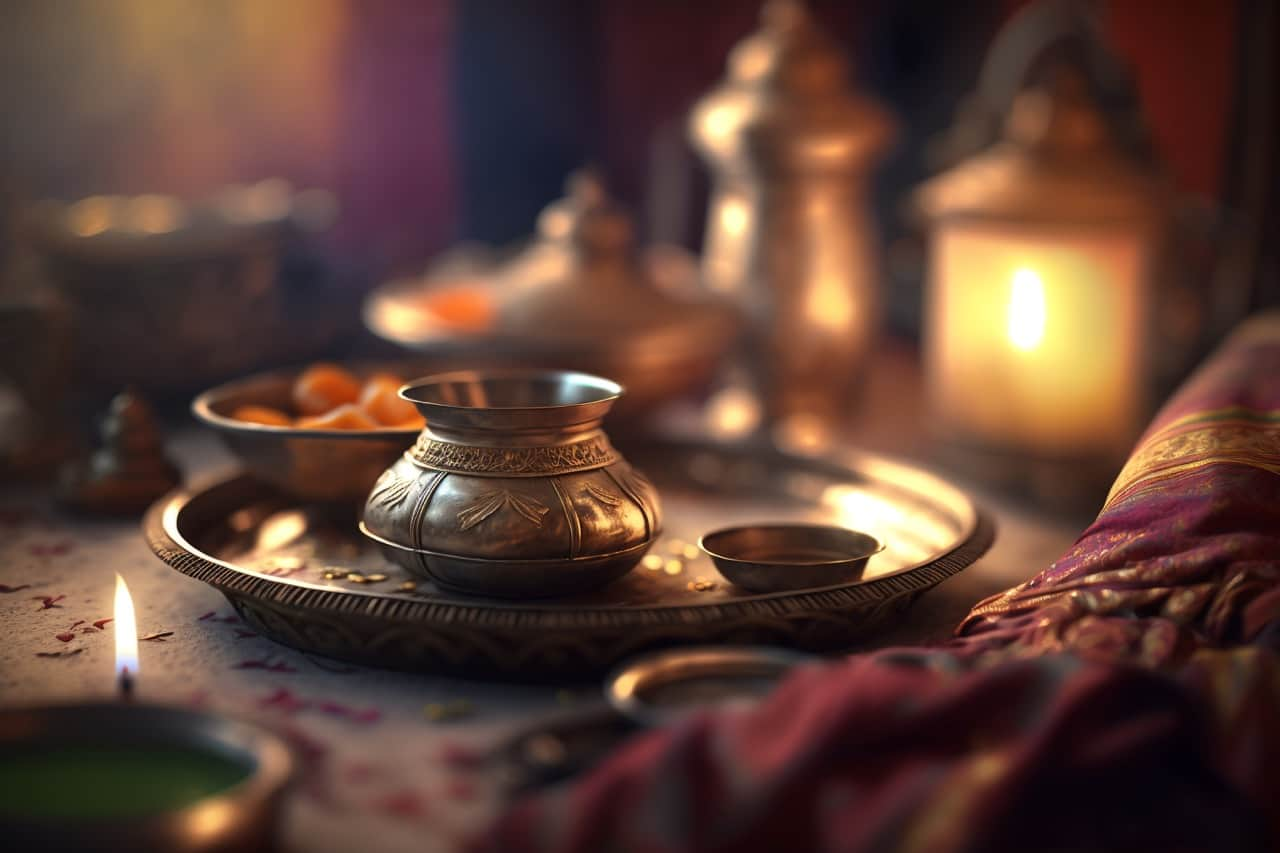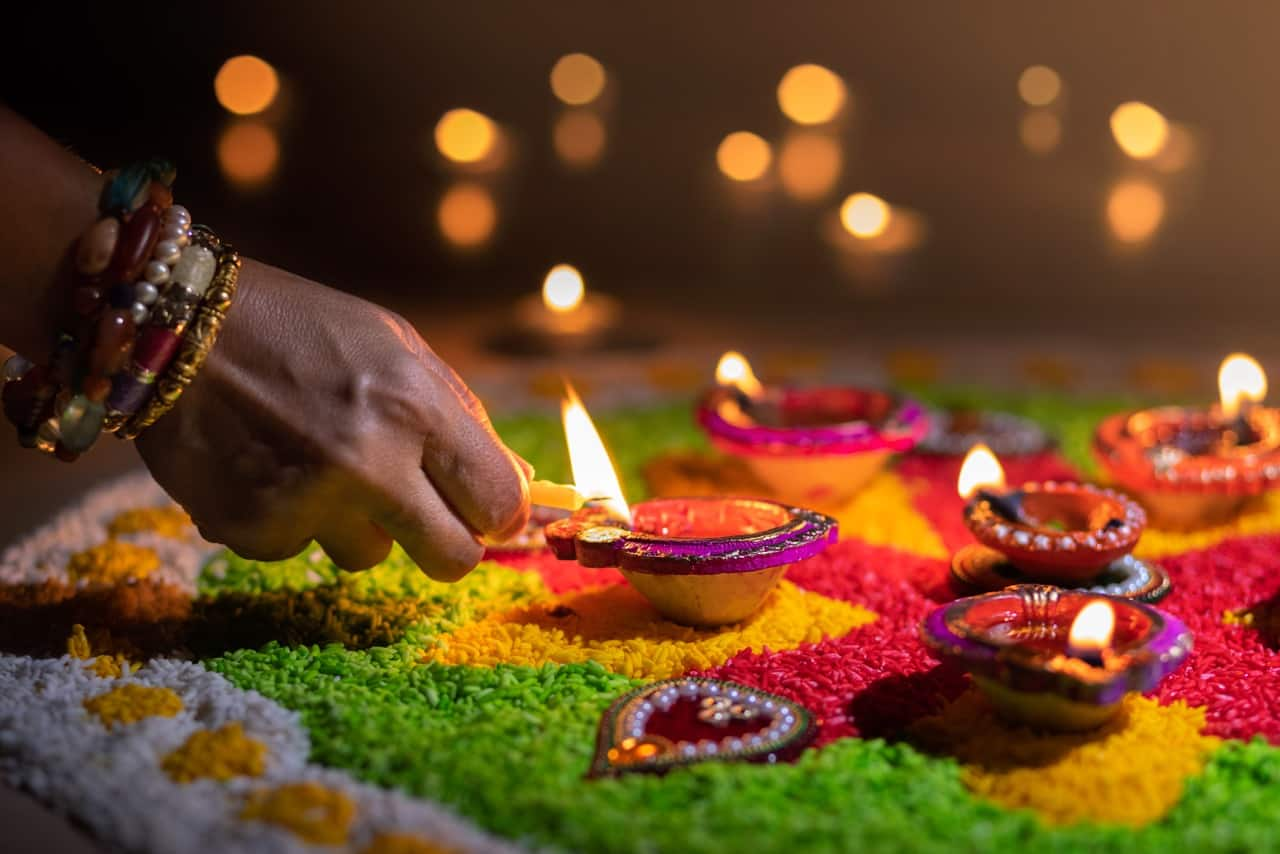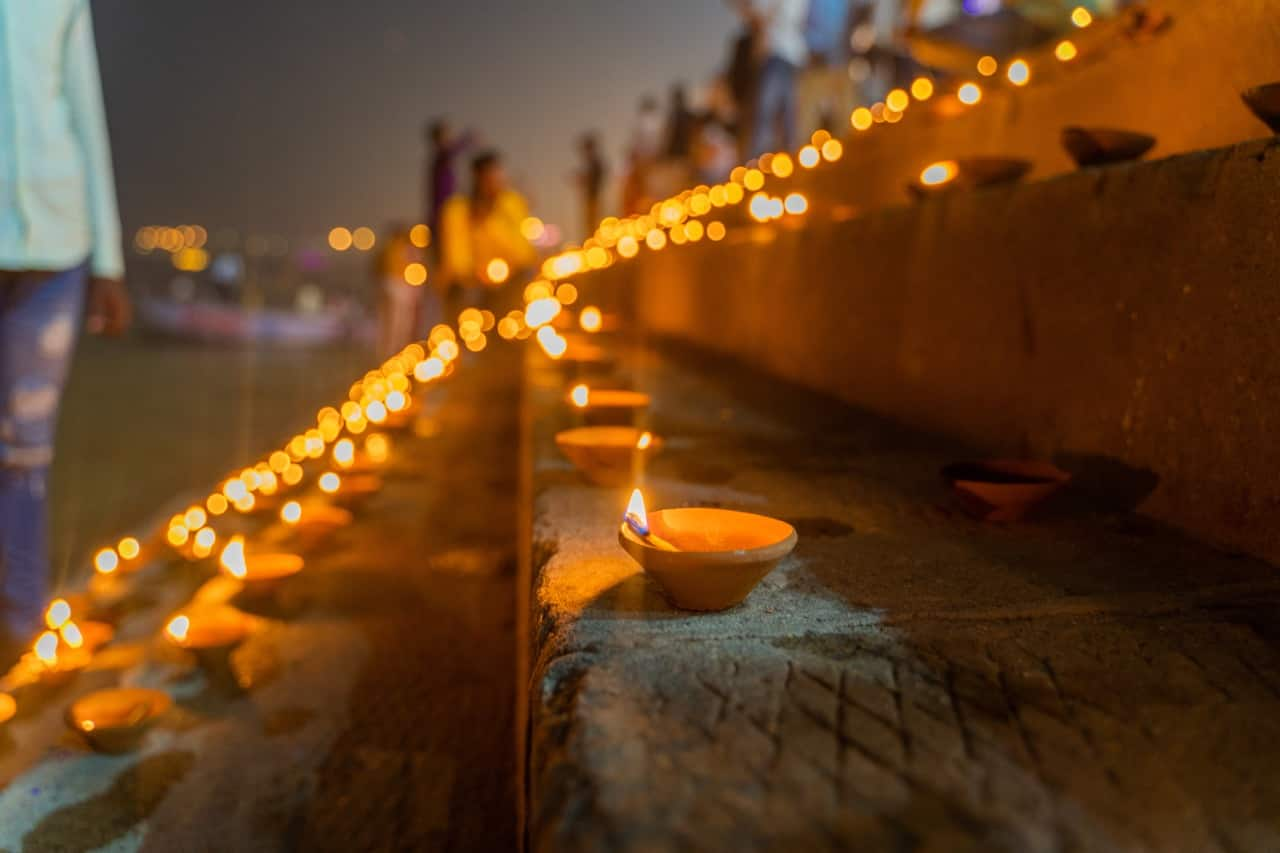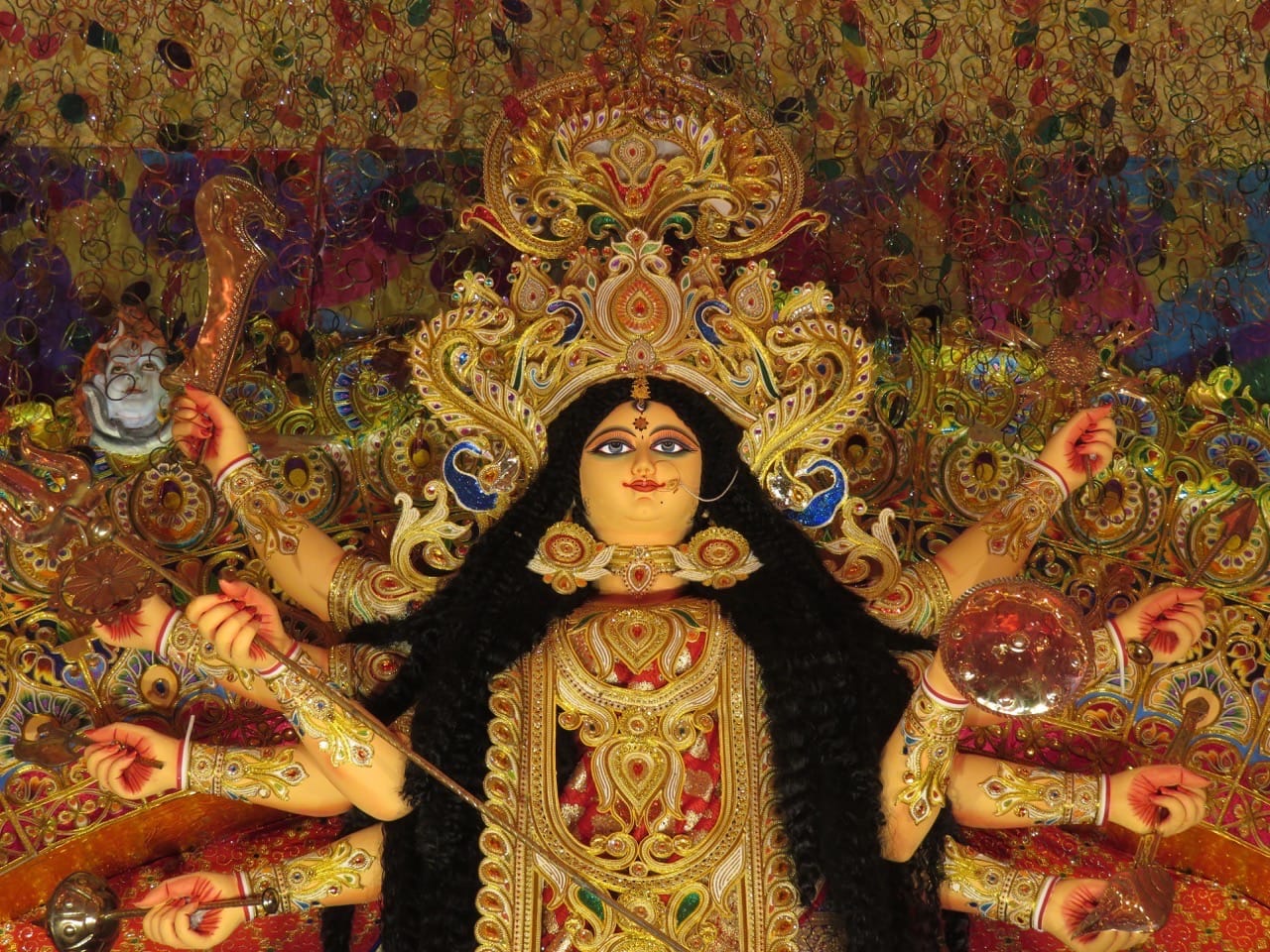Varanasi is a spiritual centre of India that's holy and bustling with life. It's an ancient city dating back thousands of years, where the past feels alive. Imagine dipping in the River Ganges, which people believe washes away sins. A fantastic ceremony called the Ganga Aarti fills the riverbank with light every night. Varanasi tourism is also a maze of narrow streets packed with over 2,000 temples, including the grand golden Kashi Vishwanath Temple dedicated to Lord Shiva. This Varanasi travel guide will help you explore the sacred bathing steps (ghats), discover hidden treasures, and experience the timeless magic of the city.
How to reach Varanasi
- By air: Lal Bahadur Shastri International Airport (VNS), conveniently located approximately 26 km from the city centre, is the city's air gateway. It has two terminals and offers frequent flights to Varanasi from major cities across India.
- By train: Varanasi is a favoured destination for pilgrims and tourists due to its excellent railway connectivity. Varanasi Junction (VAR) offers access to various parts of India. Frequent trains connect the city to Mumbai, Kolkata, and other major cities.
- By bus: Varanasi boasts excellent road connectivity. Government and private buses run frequently from nearby cities like Lucknow, Agra, Patna, and Bodh Gaya.
- Getting around/local transport in Varanasi: Rickshaws, buses, cabs, and car rentals are a popular and affordable way to navigate the narrow streets. A more eco-friendly option, e-rickshaws navigate the city efficiently and are perfect for short distances.
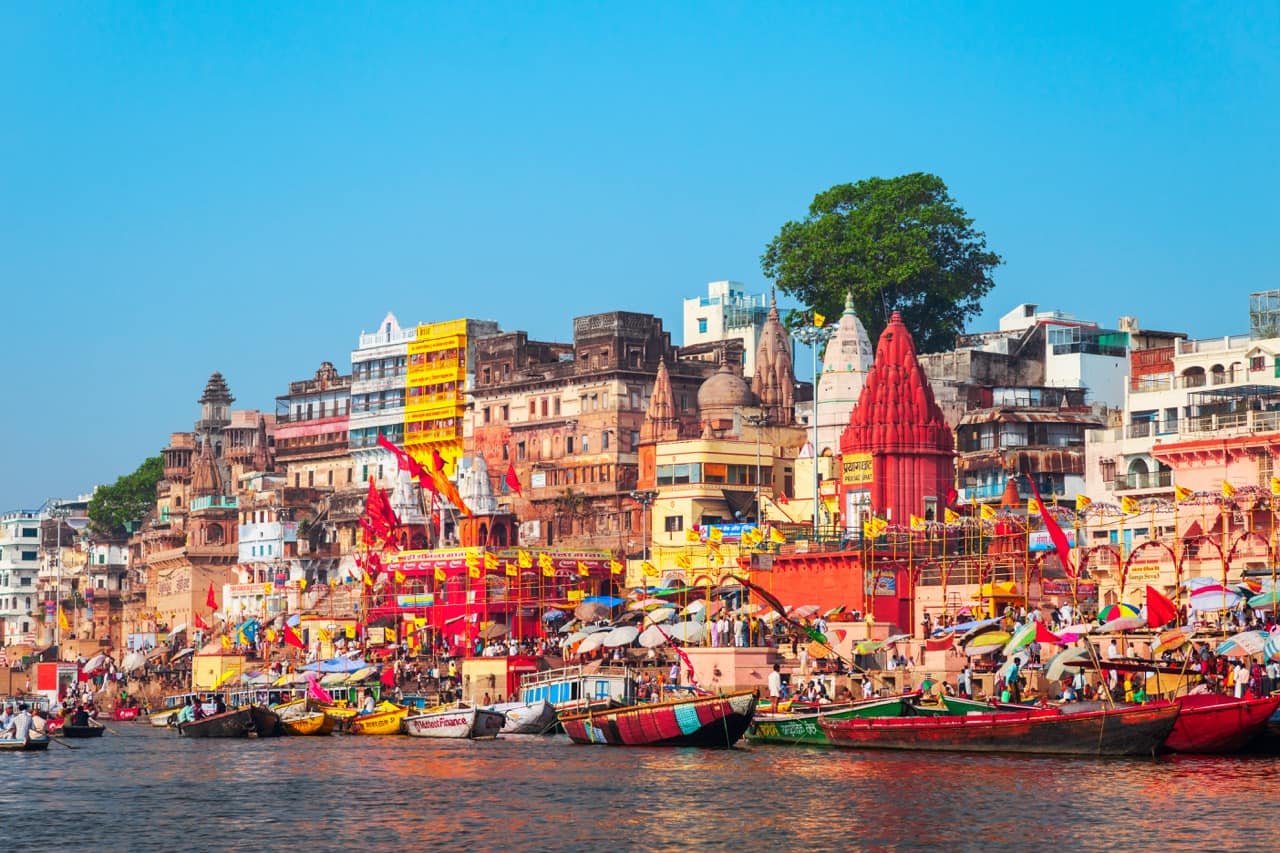
Dashashwamedh Ghat
The bustling ghat, located on the Ganges's banks, is famous for its daily Aarti ceremony and lively atmosphere.
Experience Time: 1 - 2hrs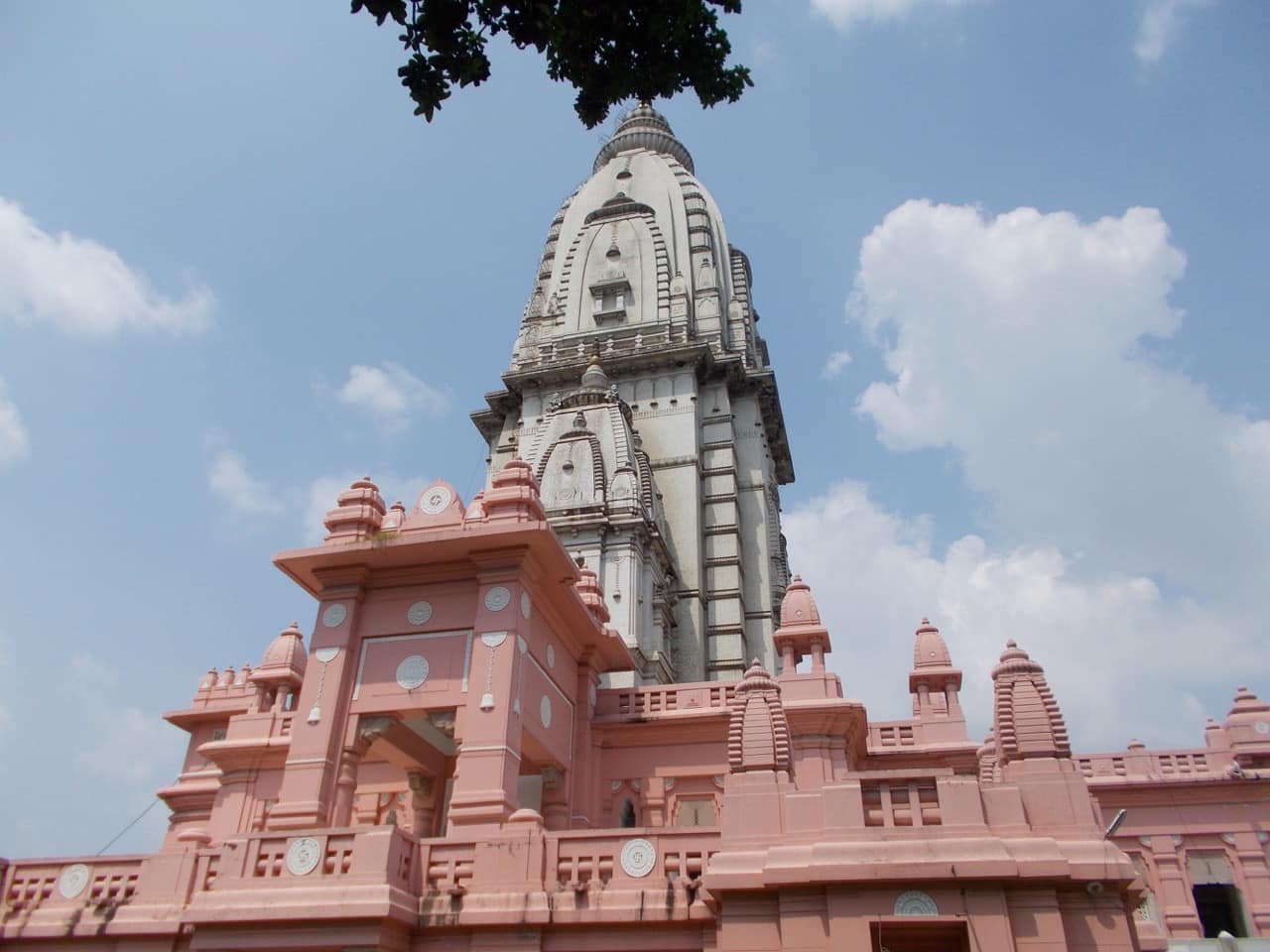
Kashi Vishwanath Temple
Exploration time: 1-3 hours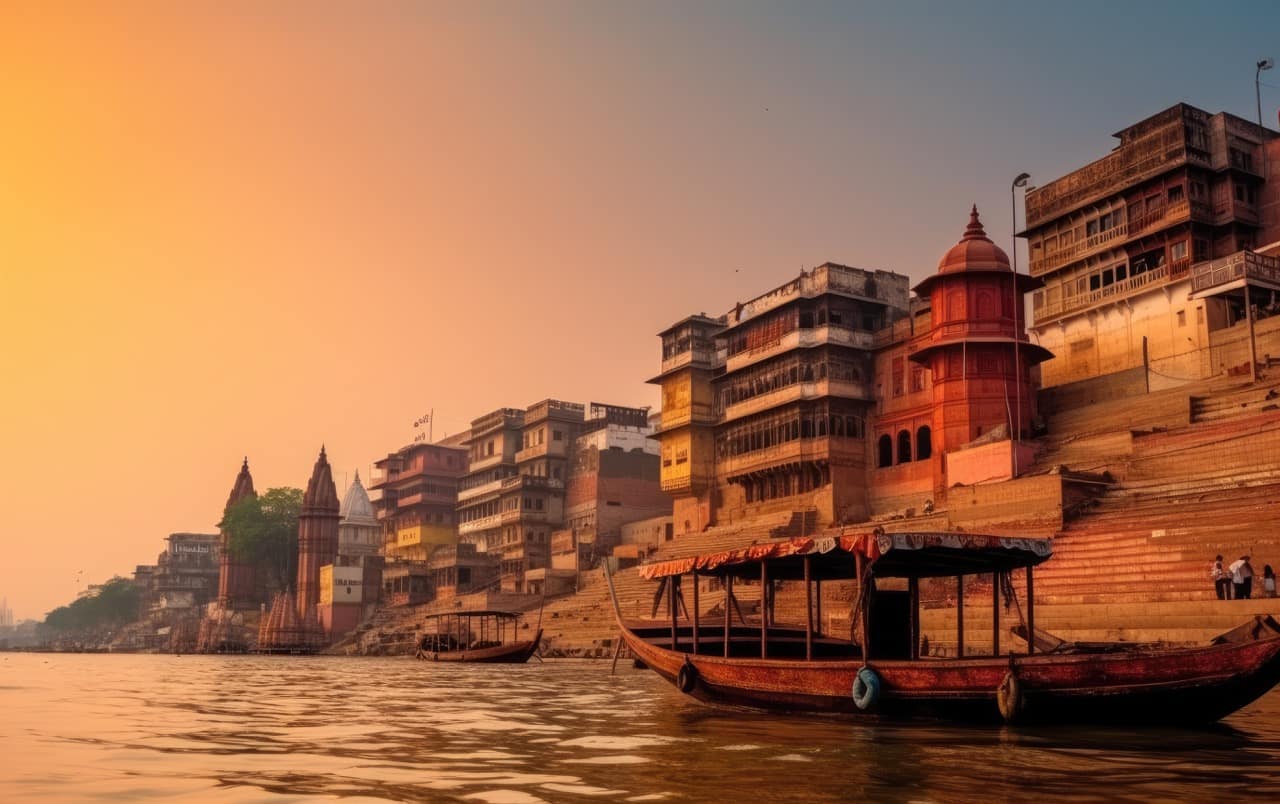
Manikarnika Ghat
Exploration time: 1-2 hours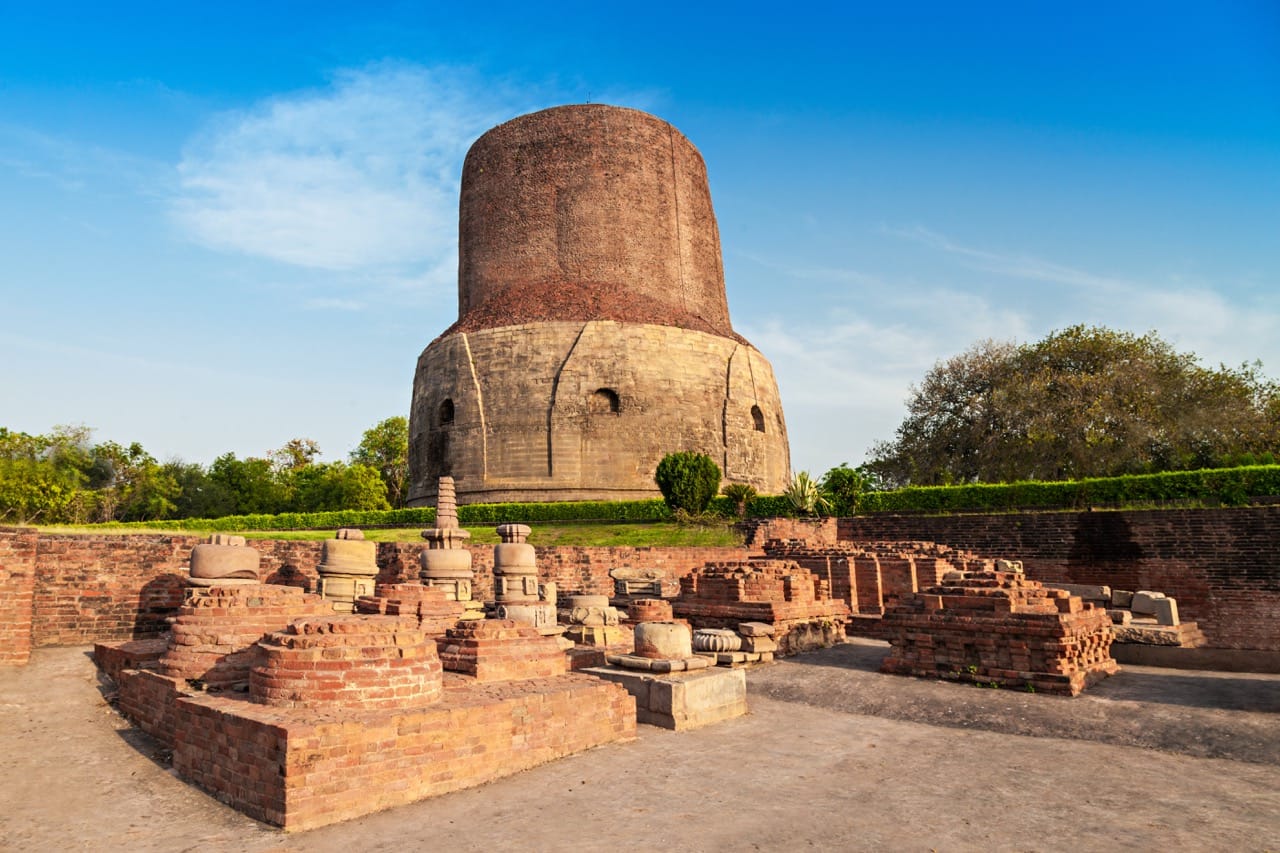
Sarnath
Exploration time: 4-6 hours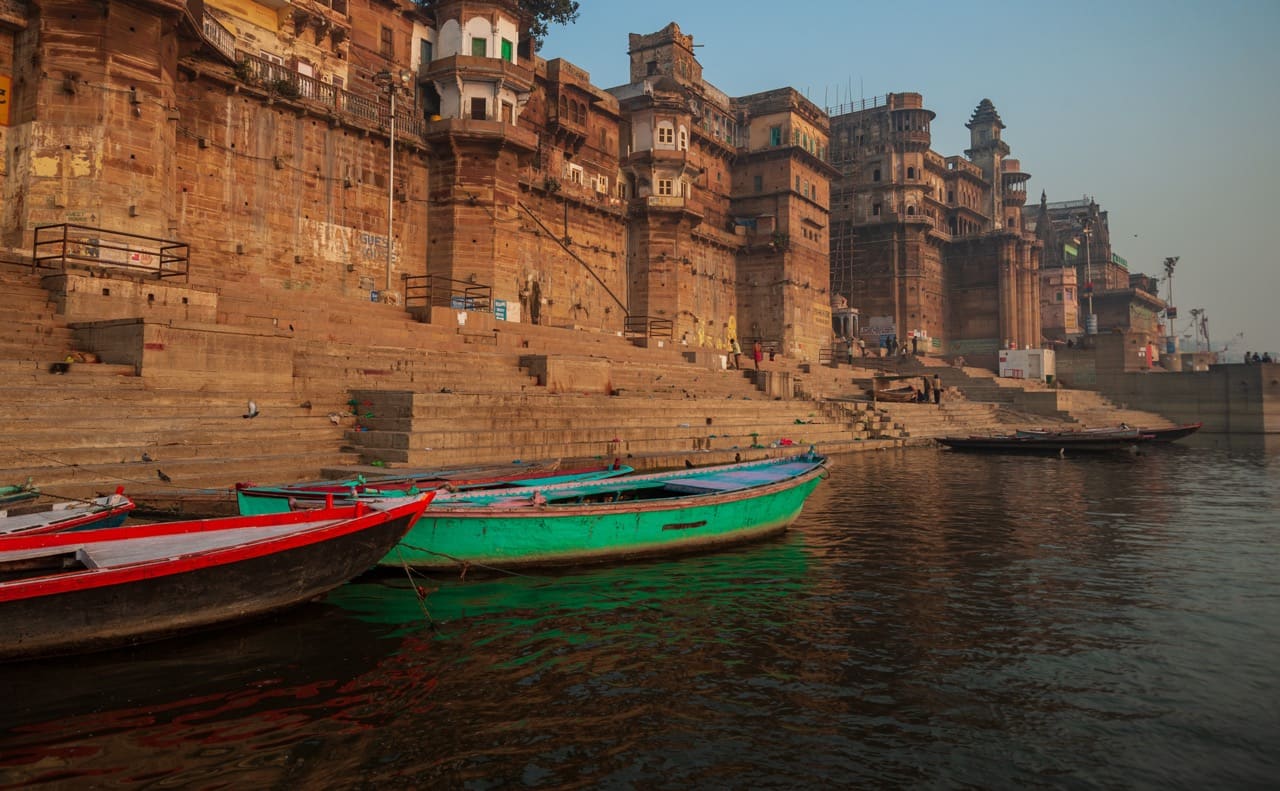
Manmandir Ghat
Exploration time: 30 minutes - 1 hour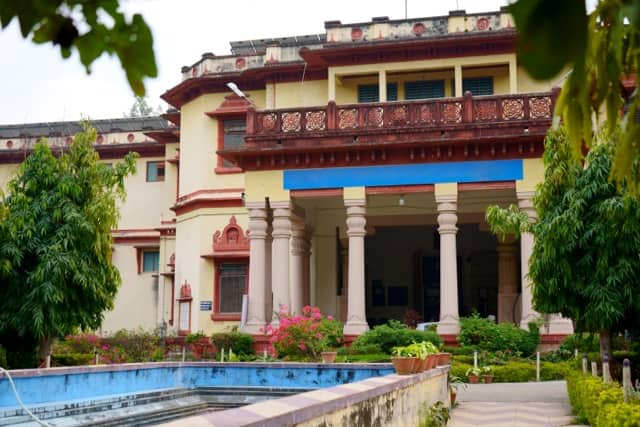
Bharat Kala Bhavan Museum
Exploration time: 2-3 hoursPlaces to eat
Varanasi's magic extends far beyond its spiritual significance. Embark on a delicious adventure with these popular restaurants, each offering a taste of the city's vibrant cuisine:
Things To Do
Best time to visit
Most commonly spoken languages
One of the most memorable ways to bring the essence of a place back home is through shopping and collecting souvenirs. Let's delve into some destinations in Varanasi that offer the finest selection of novelties, ensuring lasting memories of your visit.
- Godowlia Chowk: Experience the heart of Varanasi's bustling shopping scene at Godowlia Chowk. This vibrant square overflows with stalls selling everything from colourful silk sarees and traditional kurtas to handcrafted brassware and Spiritual items.
- Lahori Toli: For those seeking an authentic Varanasi shopping experience, head to Lahori Toli. This narrow lane is renowned for its exquisite Banarasi silk sarees. Explore a variety of shops offering sarees in a dazzling array of colours, patterns, and weaving techniques.
- Dashashwamedh Market: Dashashwamedh Market is a bustling marketplace near the famous Dashashwamedh Ghat along the sacred Ganges River. This market is renowned for its diverse goods, from traditional clothing, jewellery, and handicrafts to Spiritual items, puja essentials, and souvenirs.
- Lanka market: Varanasi's Chowk is a historic marketplace that offers a sensory overload with its colourful displays of spices, textiles, and local handicrafts. Haggle for unique souvenirs like handcrafted wooden toys, intricately carved brass idols, and beautiful scarves with intricate block prints.
More reasons to visit
Varanasi, the sacred heart of India, transcends the typical tourist experience. It's a place that gets under your skin, a sensory overload that challenges and transforms you. Here are a few more reasons why Varanasi will leave a lasting impression:
- A Feast for the Senses: Varanasi is a sensory explosion. The aroma of incense fills the air, the rhythmic chanting of mantras creates a hypnotic soundscape, and the elaborately decorated temples captivate the eyes.
- Yoga and Meditation: Varanasi offers a haven for those seeking spiritual growth. Participate in yoga classes or meditation sessions. Many ashrams and yoga centres offer various programs catering to all levels. You can look for research yoga centres and ashrams in advance to find one that aligns with your interests.
- Boat Ride on the Ganges River: Experience the magic of Varanasi from a different perspective with a boat ride on the Ganges River. Glide past ancient temples, bustling ghats, and serene landscapes, capturing the essence of this holy city. Opt for a sunrise ride for a mystical experience or a sunset ride for breathtaking colours reflecting on the water.


